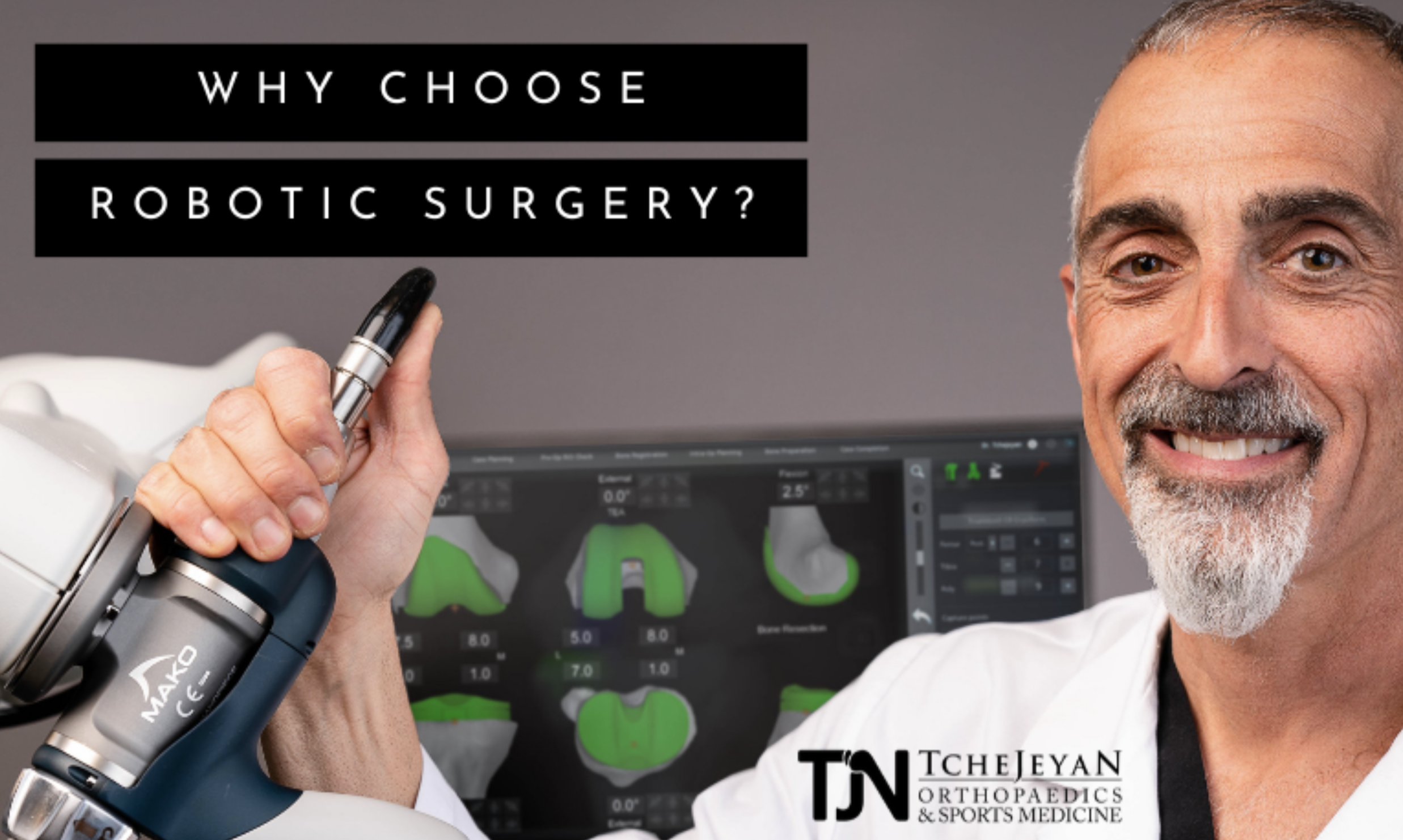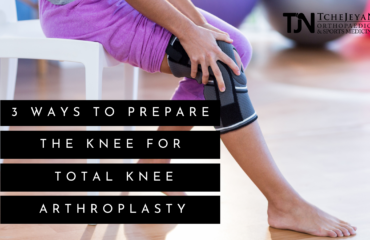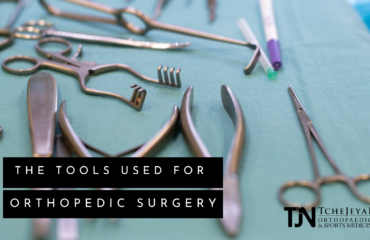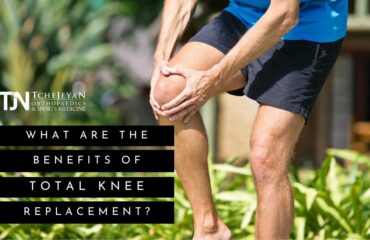A major positive step in the world of surgery was made when a surgical robot was used about 25 years ago. The robot, called the PUMA 200, was used for needle placement in a CT-guided brain biopsy. Since then, the field of robotic surgery has grown in leaps and bounds. Today, the precision offered by robotic instruments benefit surgeons and patients alike.
How Does Robotic Surgery Actually Work?
When it comes to minimally invasive surgery, perhaps the most popular instrument is the Da Vinci Robot, which is a multi-arm robot allowing surgeons to get into very tight spaces. Dr. Greg Tchejeyan, orthopaedic surgeon in the greater Los Angeles area, explains it in simpler terms – “It’s like building a ship in a bottle!”
The Da Vinci Robot is often used in delicate surgeries that general surgeons, heart surgeons, and urologists perform. In comparison, robotic surgery used in the field of orthopedics marries a robotic arm with computer navigation. This technology is known as the Mako Robotic-Arm.
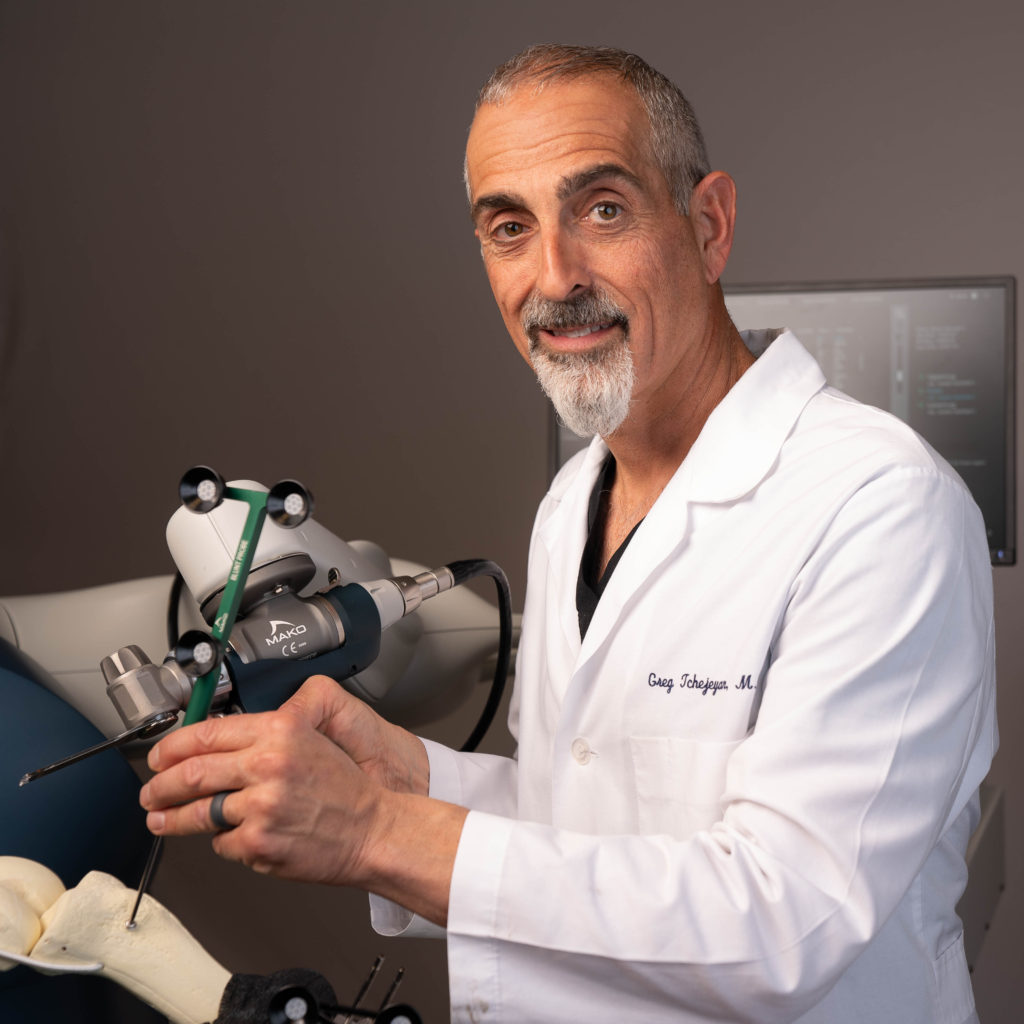
About The Mako Robotic Arm System
The MAKO Robotic Arm is an amazing new technology that allows orthopedic surgeons to perform hip and knee replacements with improved precision and accuracy. This speeds up recovery time and decreases the chance of needing any follow-up procedures.
The Mako System works by linking the information received from a camera to numerical values and measurements on a computer screen. The surgeon can then use this information to most accurately prepare the joint and place implants.
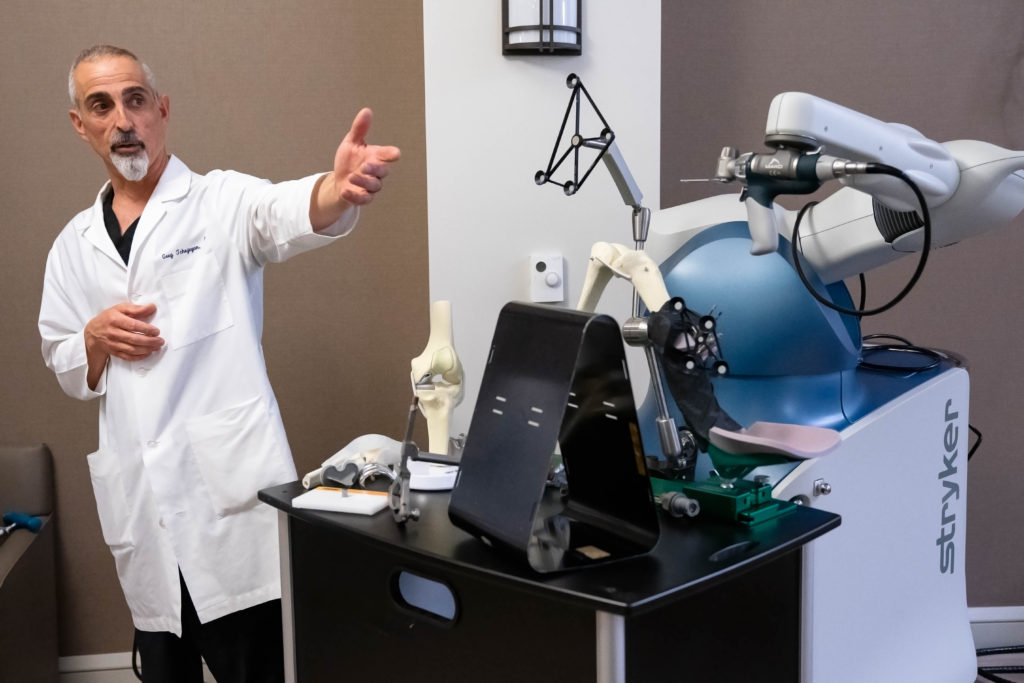
Knee Surgery With the Mako Robotic Arm
Most surgical journeys begin with a CT scan of the limb to provide leg length, alignment, and 3D information. That information gets put into a computer software system, where the limb can be modeled with the implant on the screen – like a template process. This determines the exact size implant needed prior to surgery. Prior to any bone preparation, a knee implant can be moved and rotated virtually in order to ensure effective knee replacement surgery.
At the time of surgery, arrays are placed on the femur and tibia, which communicate with the computer navigation system. Then, a digital probe digitizes the surface so that the surgeon can see all the unique curvature and anatomy of the patient’s knee. This allows for confirmed precision with the CT scan.
With joint replacement, alignment is one of the most important aspects of surgery, allowing for ideal tension. The tension of ligaments is unique to each person’s knee. The ability to make these adjustments virtually eliminates error in surgery. Range of motion will then be properly balanced, lock the plan, and the robotic arm can do its job.
The Benefits of Robotic Surgery
Precision
The robotic link to the software is very precise. There’s no allowance for moving outside of the defined line of the surgical field. Many people think that robotic surgery means a robot does all the work; this is not the case. The surgeon actually drives the robotic arm, which can enter a tiny incision with minimal damage to surrounding tissue.
Accuracy
Especially in Partial Knee Replacement surgery, the robotic technology provides more data which allows for extreme accuracy.
Easy Recovery
Less room for error translates to an easier recovery for the patient. The surrounding tissue is largely undisturbed with Mako Robotic surgery.
The TJN Difference
Robotic surgery for partial knee replacement is done through a small keyhole which ensures that everything lines up properly. Dr. Greg Tchejeyan confirms its effectiveness,
“Mako robotic surgeries actually provide better results than manual surgeries (freehand) because the location is so precise. Room for error is limited, which results in reproducible outcomes and happier patients!”
To experience the TJN difference, contact TJN Ortho today. Our trained staff is ready to answer any questions you may have or set you up with a consultation with Dr. Tchejeyan himself.

